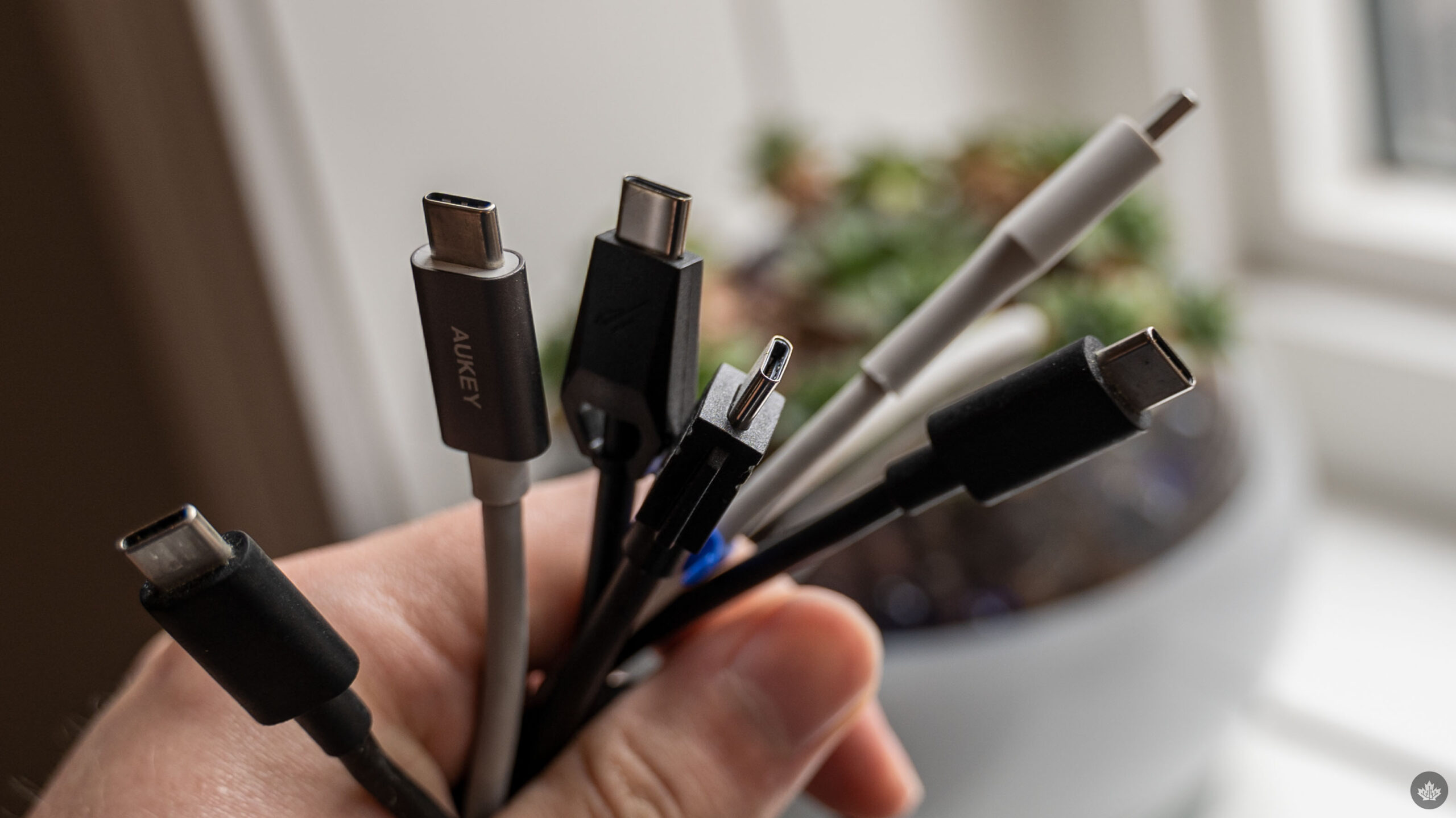
The European Parliament, the EU’s elected legislative body, voted 602 to 13 in favour of enforcing USB-C as a common charging port across a wide variety of devices. That means future iPhones and other devices sold in Europe will need to offer a USB-C charging port.
Per a press release from the European Parliament:
“By the end of 2024, all mobile phones, tablets and cameras sold in the EU will have to be equipped with a USB Type-C charging port. From spring 2026, the obligation will extend to laptops.”
The EU says the change is part of a broader effort to “reduce e-waste and to empower consumers to make more sustainable choices.” The new rules would also impact charging standards, requiring all devices that support fast charging to have the same charging speed, which hopefully could reduce confusion around cable, charger, and device compatibility. Similarly, the EU wants to make wireless charging solutions interoperable, and the new rules empower the European Commission to develop acts by the end of 2024 that force open wireless charging solutions.
Specifically, the EU says “all new mobile phones, tablets, digital cameras, headphones and headsets, handheld videogame consoles and portable speakers, e-readers, keyboards, mice, portable navigation systems, earbuds and laptops that are rechargeable via a wired cable, operating with a power delivery of up to 100 Watts, will have to be equipped with a USB Type-C port.”
There are exemptions, of course. The rules won’t apply to devices too small for a USB-C cable, such as smartwatches and fitness trackers.
It’s also worth noting that the rules will not have an immediate impact on electronics in the EU. First, the European Council must approve the rules so they can be published to the EU Official Journal. Then, the rules come into effect 20 days after publication. Moreover, the rules come into effect at the end of 2024.
When will you be able to buy a USB-C iPhone
The big question coming out of this is how the rules will impact Apple. The iPhone-maker remains one of the biggest players not to have widely adopted USB-C charging. Most iPhones and iPads still use the company’s Lightning connector. Some iPads do have USB-C, however. Plus, Apple’s MacBooks recently switched back to using MagSafe as the primary method of charging, although most MacBooks also come with USB-C ports and support charging over those ports. And that’s not even getting into the various accessories the company offers with Lightning.
The Verge reports that, due to how and when the rules will come into effect, Apple may be able to skirt by with possibly two more Lightning-equipped iPhones. Apple typically reveals major new iPhones in September, so we could see the 2023 and 2024 iPhones arrive before the restrictions come into place, while the 2025 iPhone (possibly the iPhone 17 series, if Apple keeps up its current branding) might be the first that’s actually forced to have USB-C.
That said, it’s possible Apple might make the change sooner rather than later. Rumours already point to the 2023 iPhone sporting USB-C. Alternatively, if Apple really wants to avoid adding USB-C to the iPhone, it could launch a portless iPhone instead — that seems to be the only real workaround to the new EU rules.
Technically, the new rules only apply to the EU, so Apple could make a USB-C iPhone for Europe and keep Lightning in other regions, or pull out of the EU entirely. Neither of those seem likely, however. Apple has shown a desire to keep its products the same regardless of where you buy them, while the EU remains a major market for Apple. So, the EU rules likely mean we’ll all see a USB-C iPhone in the near future.
Source: European Parliament Via: MacRumors, The Verge
MobileSyrup may earn a commission from purchases made via our links, which helps fund the journalism we provide free on our website. These links do not influence our editorial content. Support us here.


